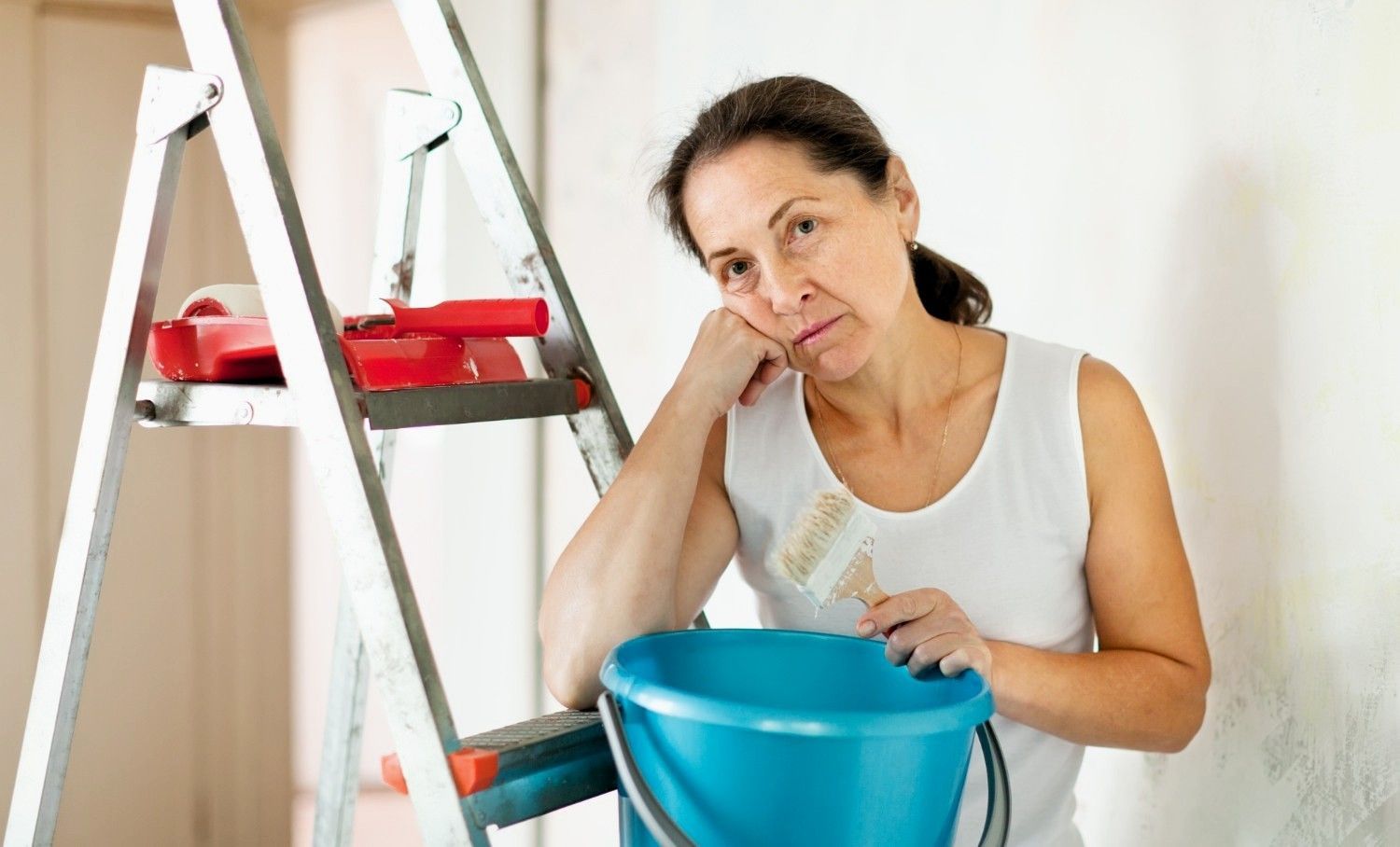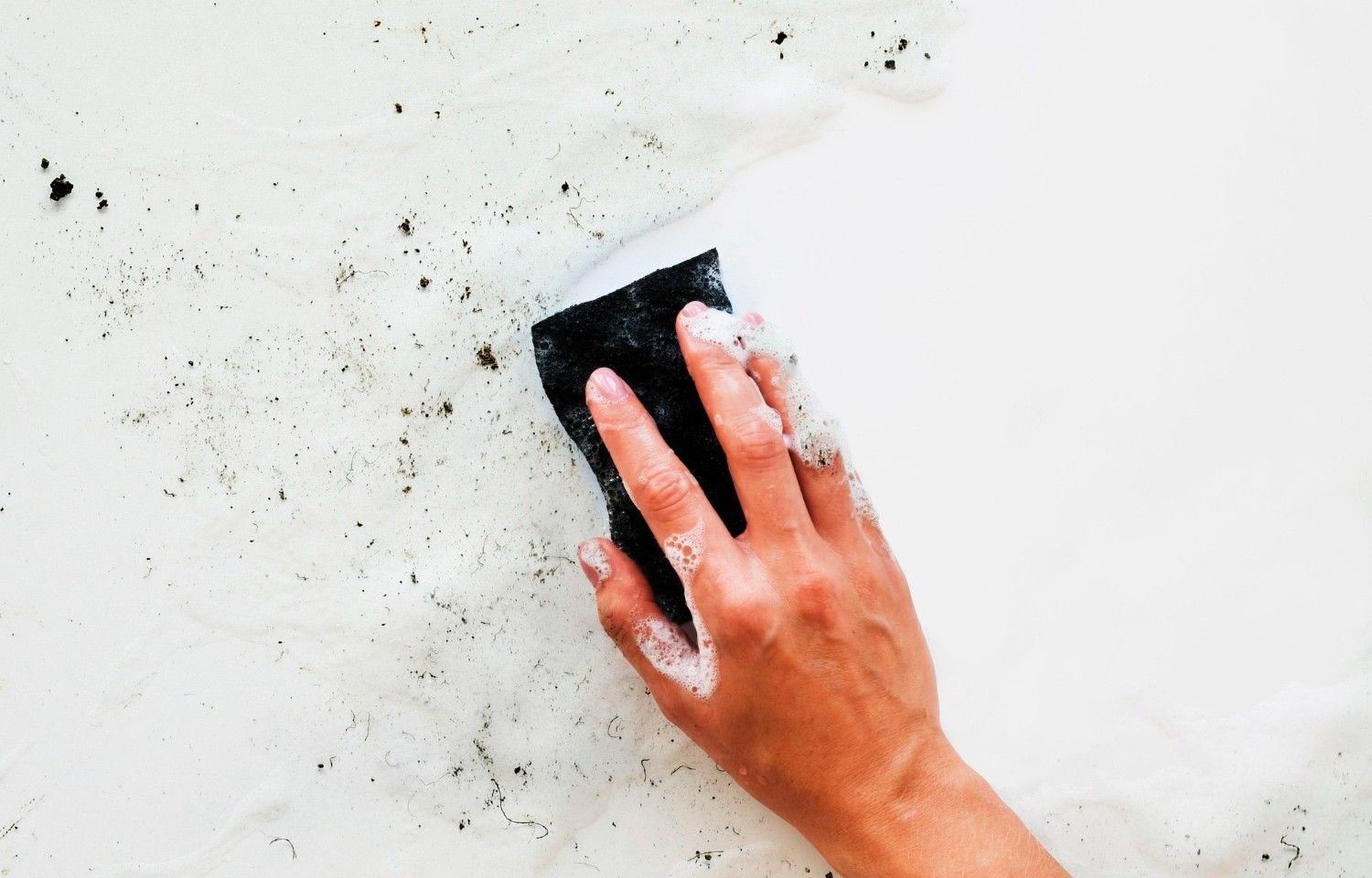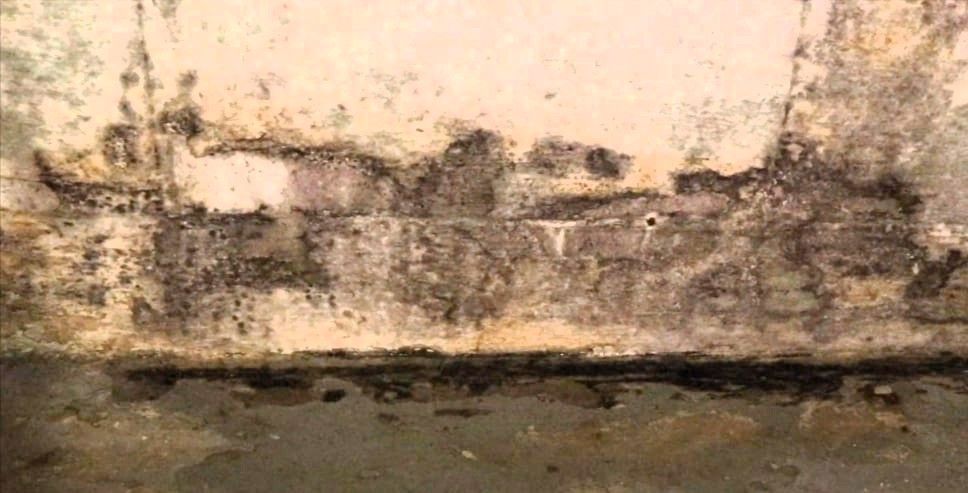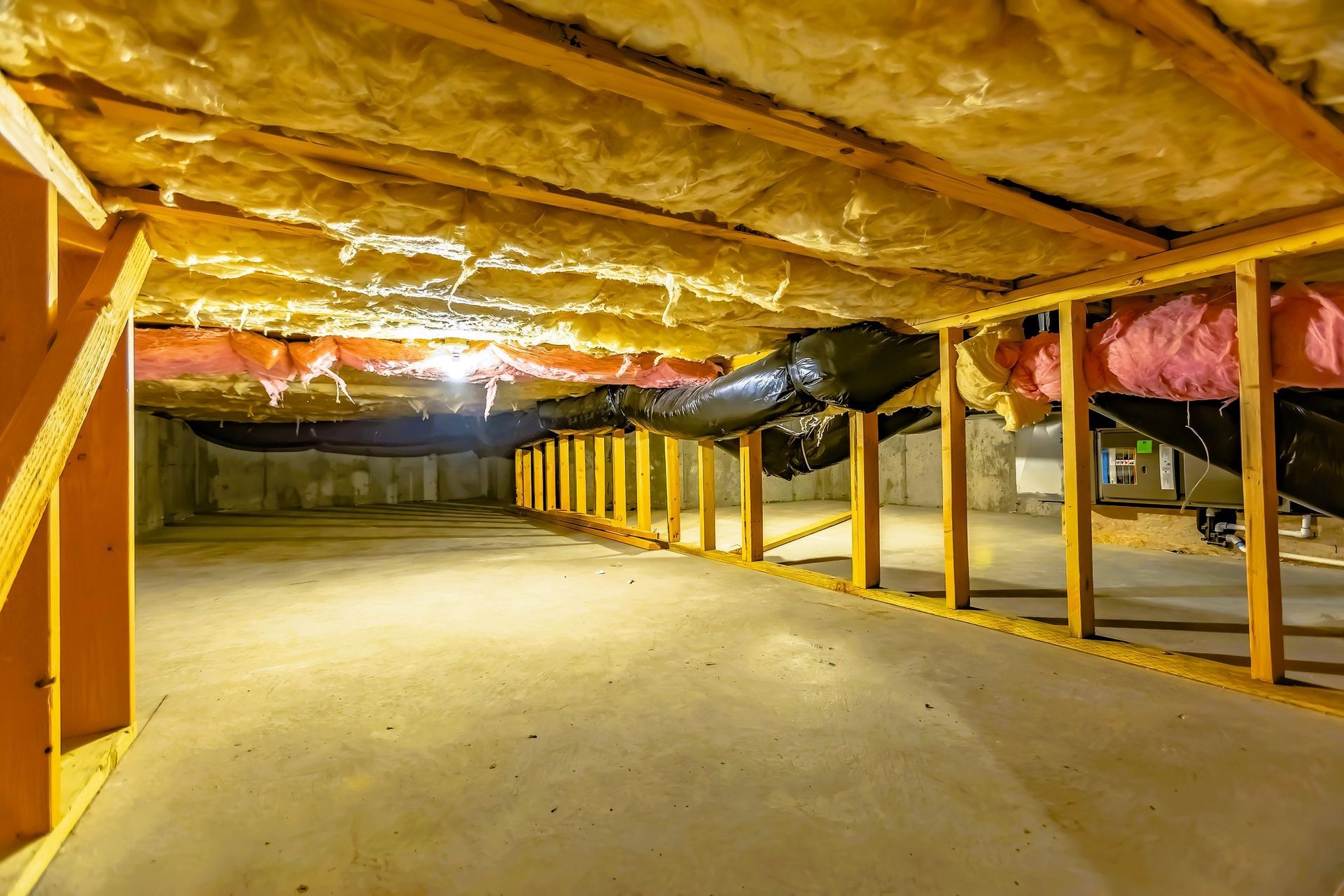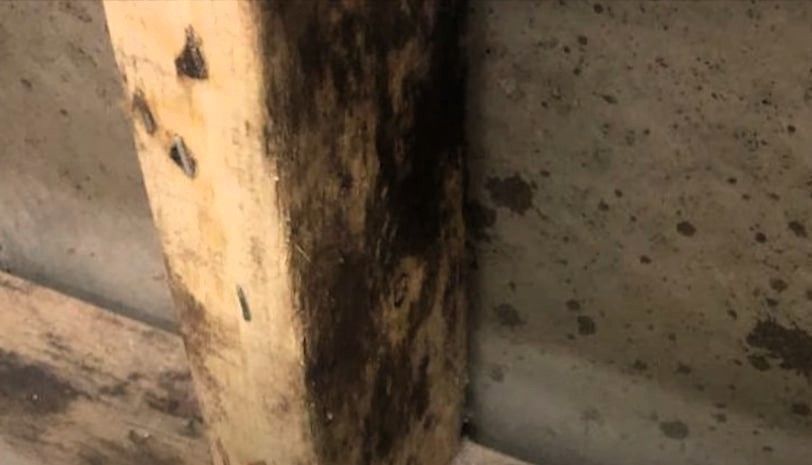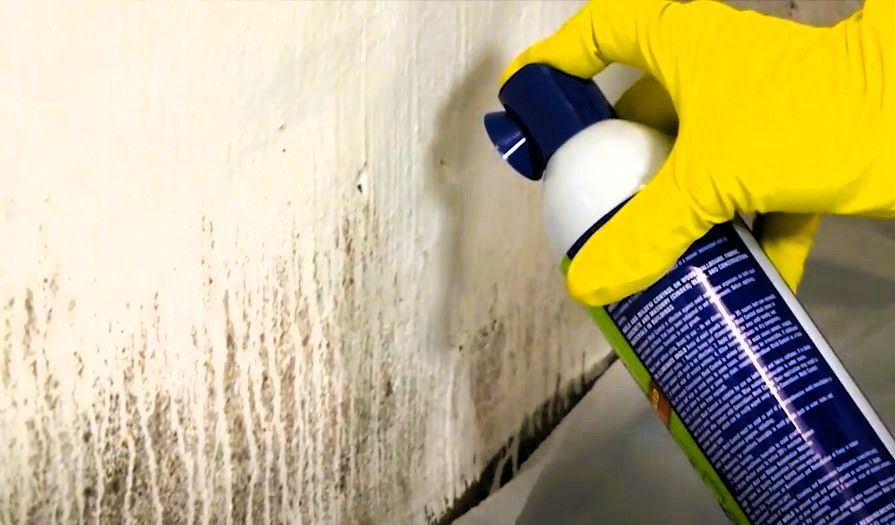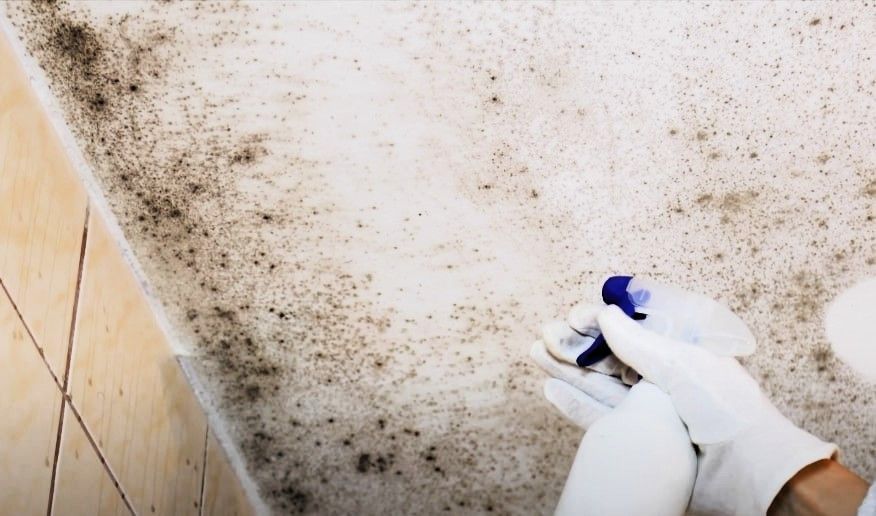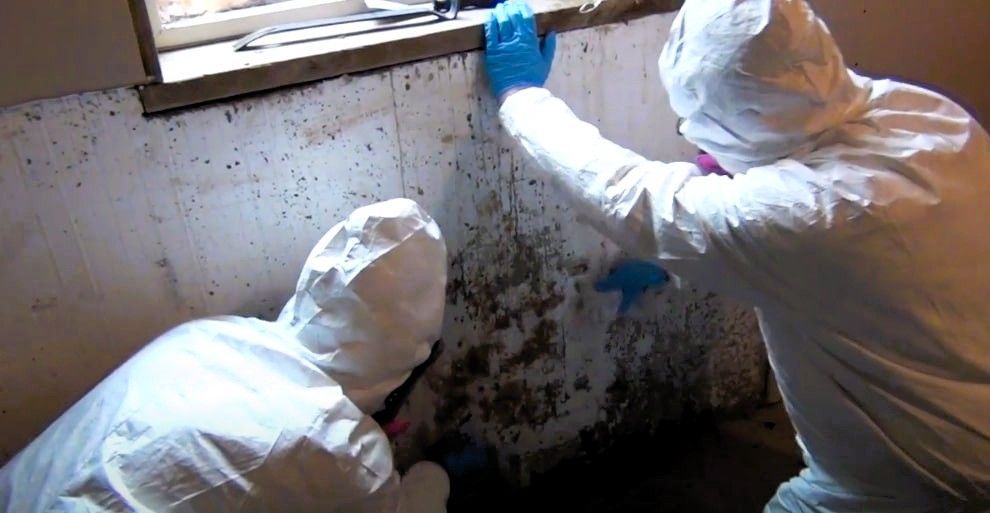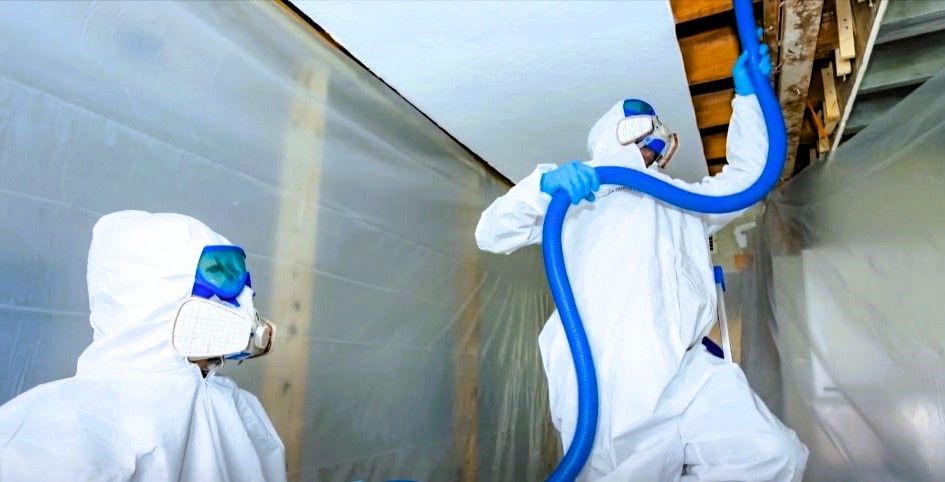Are Pets Affected By Mold? How to Protect Your Furry Friends from a Hidden Threat
Understanding how mold impacts pets and steps for prevention
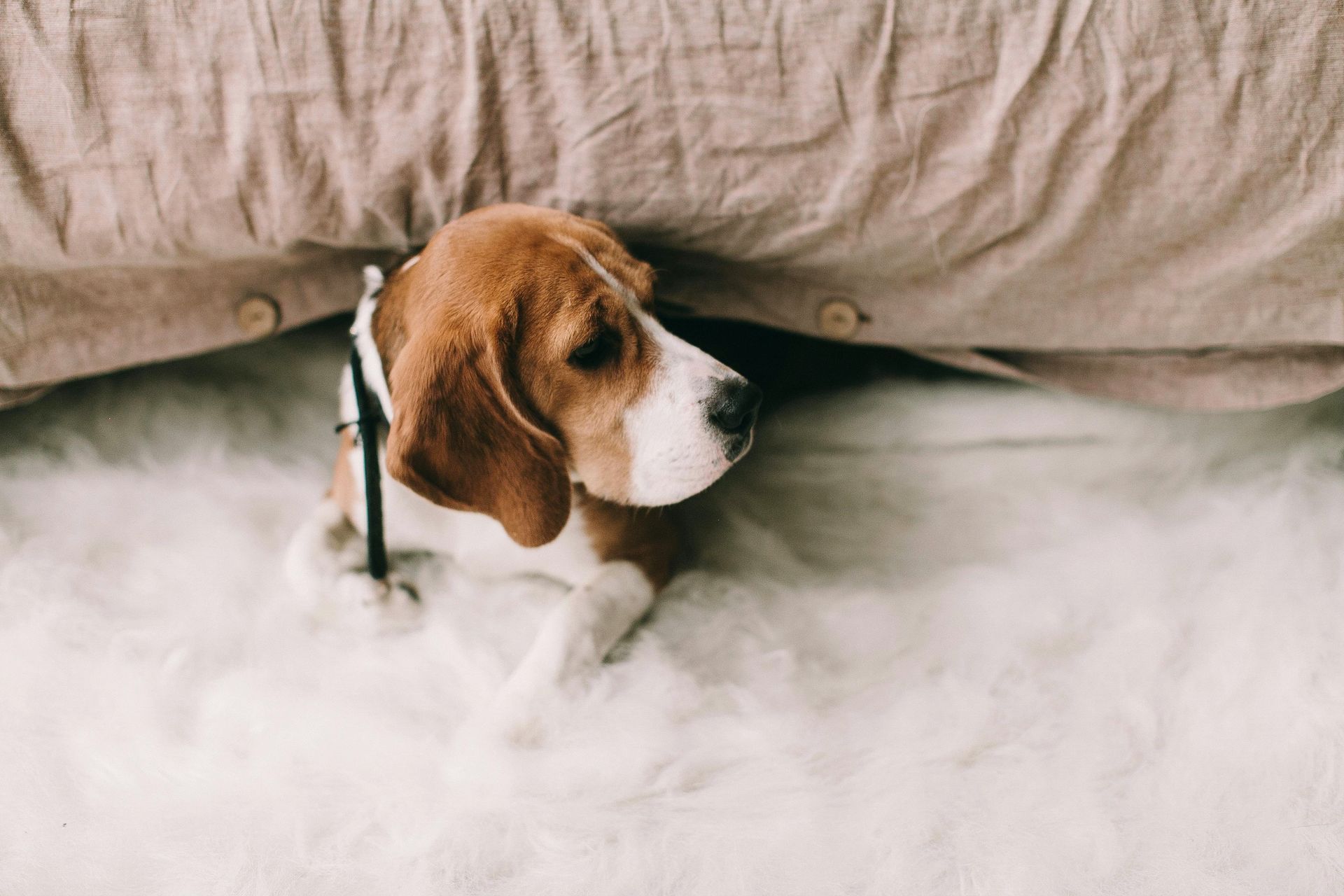
Image Source
As homeowners, we often worry about mold for our health, keeping things clean, and making sure our homes are solid. But what about our pets? They're all over the place, probably even more than we are, and their safety is super important too. Mold thrives in the shadows, yet its impact on our pets is a critical issue that demands our attention and action. This blog post isn't just another read; it's your go-to guide for understanding how mold can harm our pets and what we can do to protect them.
Dangers of Mold for Pets
Mold is a big headache in lots of homes, and it's not just ugly to look at. It can also be bad for your pets' health. They can come into contact with it by eating it, breathing it in, or just through their skin. Some molds and fungi produce nasty stuff called mycotoxins, which can lead to all sorts of symptoms and health problems.
Mold Exposure Symptoms in Pets
Just like us, our pets can get anything from slight irritation to serious poisoning from mold exposure. Be vigilant for typical symptoms, such as:
- Respiratory Issues: Coughing, sneezing, wheezing, nasal discharge, and difficulty breathing.
- Lethargy: A significant decrease in energy is often the first notable symptom in pets.
- Vomiting and Diarrhea: Experiencing gastrointestinal distress is a frequent initial response to being exposed to mold.
- Skin Problems: Itchy skin, sores, hair loss, or other skin abnormalities.
- Changes in Appetite: Both an increased and decreased appetite can be indicative of a mold-related issue.
Identifying these symptoms promptly and consulting your veterinarian immediately is essential. Early detection can spare your pet significant discomfort and prevent the severe consequences of prolonged mold exposure.
Protecting Your Pet from Mold
Taking preventative measures is the most effective strategy against mold. Follow these steps to safeguard your pet's well-being:
- Maintain a Clean and Dry Environment: Moisture, alongside organic materials like dust, dander, and fur, creates the perfect conditions for mold to thrive. Keeping your living space clean and dry is crucial in preventing mold growth.
- Identify Mold Presence: Search for apparent mold indicators, like discoloration or musty smells, and deal with them immediately.
- Inspect Food and Water Sources: Ensure your pet's food and water bowls are clean and dry to prevent the growth of mold.
- Provide Good Ventilation: Proper air circulation can help prevent mold growth. Consider using fans or opening windows to improve ventilation in your home.
- Routine Veterinary Appointments: Consistent visits to the veterinarian are crucial for early detection of any health problems that may arise from exposure to mold.
- Avoidance of Contaminated Areas: If you suspect an area in your home may be contaminated with mold, keep your pet away until it can be properly cleaned and remediated.
Adhering to these preventive measures can drastically lower your pets' risk of mold exposure. Nevertheless, if you notice any signs of mold exposure or mold-related illness in your pet, it's imperative to consult a veterinarian without delay.
Expert Mold Mold Remediation for Your Pet's Well-being
If you're facing extensive mold issues or struggling to locate its source, it might be time to enlist professional help. Grand Rapids Mold Relief is here to save the day with top-notch mold removal services that will keep your home and pets healthy. Our skilled crew uses the latest and greatest techniques to find and get rid of all that mold, making sure your place is safe for you and your furry buddies. Contact us today!
Remember, mold is tough and can come back with a vengeance if it's not totally wiped out. That's why it's super important to go with a trusted mold removal team like us, who will not only get rid of the problem now but also help you keep your home and pets mold-free in the long run.

